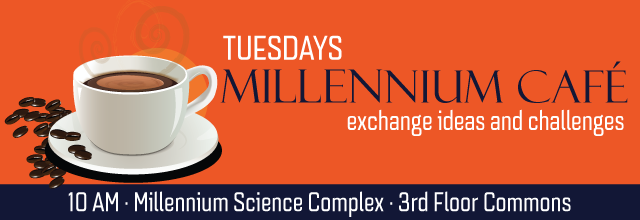
Chaopeng Shen | Tong Qiu / Civil & Environmental Engineering
The recent rise in deep learning (DL) is transforming the way many scientists, Geoscientists included, ask questions, formulate solutions and get answers. We are demonstrating promising hydrologic and geotechnical applications, e.g. soil moisture, streamflow, and landslide modeling (Google AI Impact Challenge), where we dedicate some mathematical effort including uncertainties and real-time model updates to the machine. We welcome a conversation regarding where this evolution will take us next.
